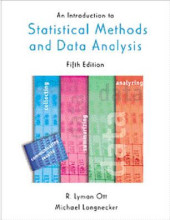Booms and recessions (IV): dynamic aggregate supply and demand - Equilibrium income and inflation: the DAD curve
5 important questions on Booms and recessions (IV): dynamic aggregate supply and demand - Equilibrium income and inflation: the DAD curve
What does the μ represent in the DAD curve under flexible exchange rates and what is it's algebraic expression?
μ = m - m-1
Why does μ have a coefficient of exactly 1 in the DAD curve under flexible exchange rates?
What is the formula for the DAD curve under fixed exchange rates?
- Higher grades + faster learning
- Never study anything twice
- 100% sure, 100% understanding
Why do ΔiW and Δεe have an coefficient of 1 in the DAD curve under fixed exchange rates?
When does real exchange rate remain unchanged under fixed exchange rates?
The question on the page originate from the summary of the following study material:
- A unique study and practice tool
- Never study anything twice again
- Get the grades you hope for
- 100% sure, 100% understanding
































